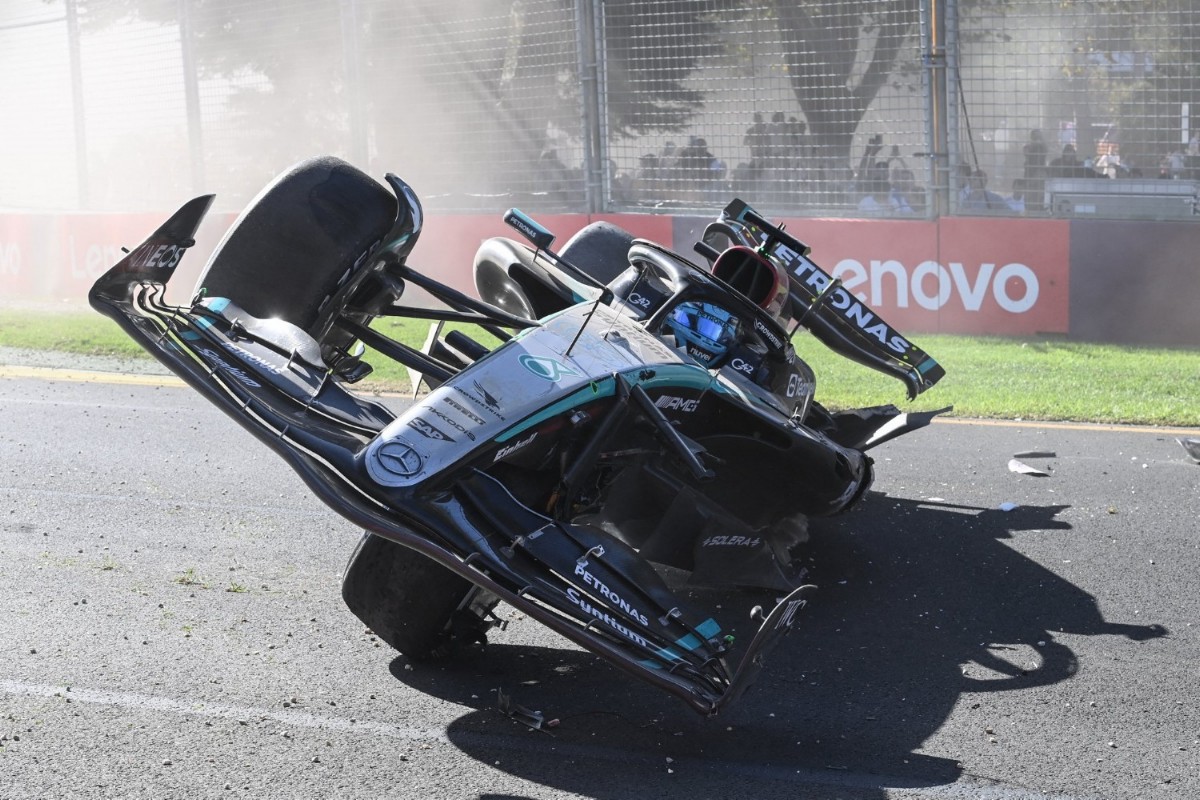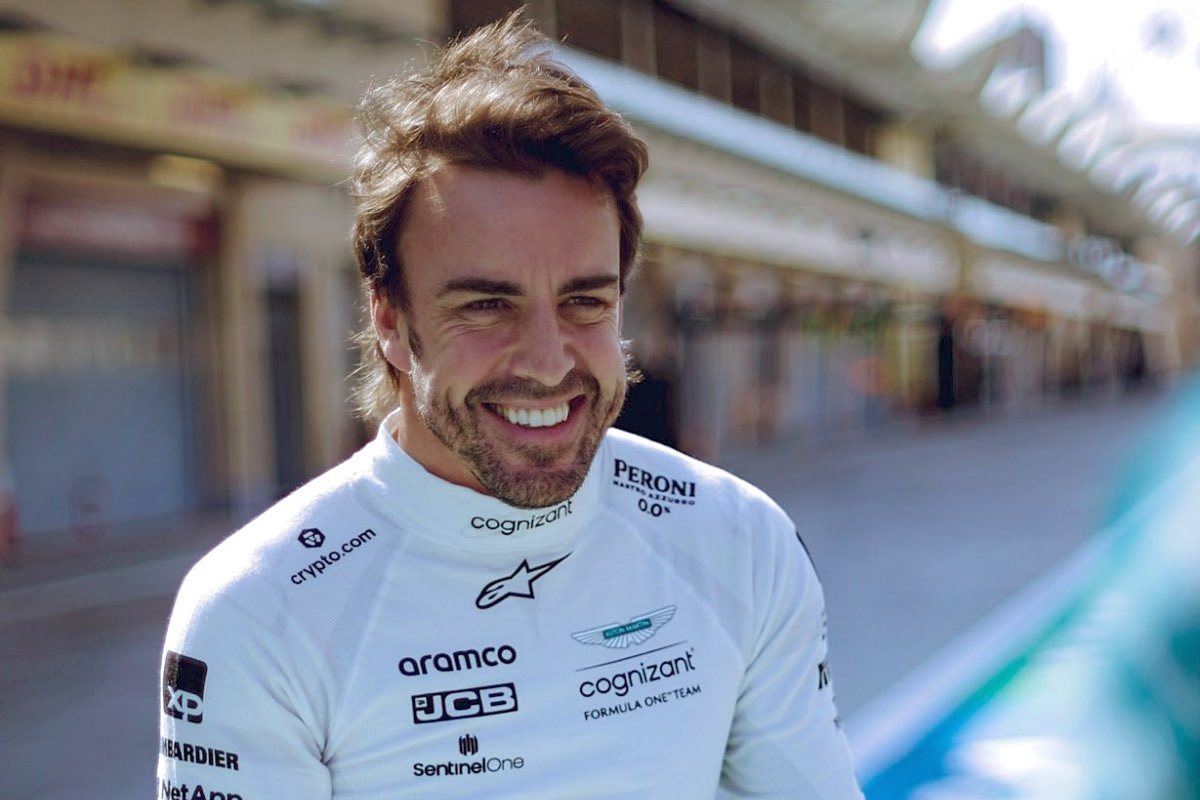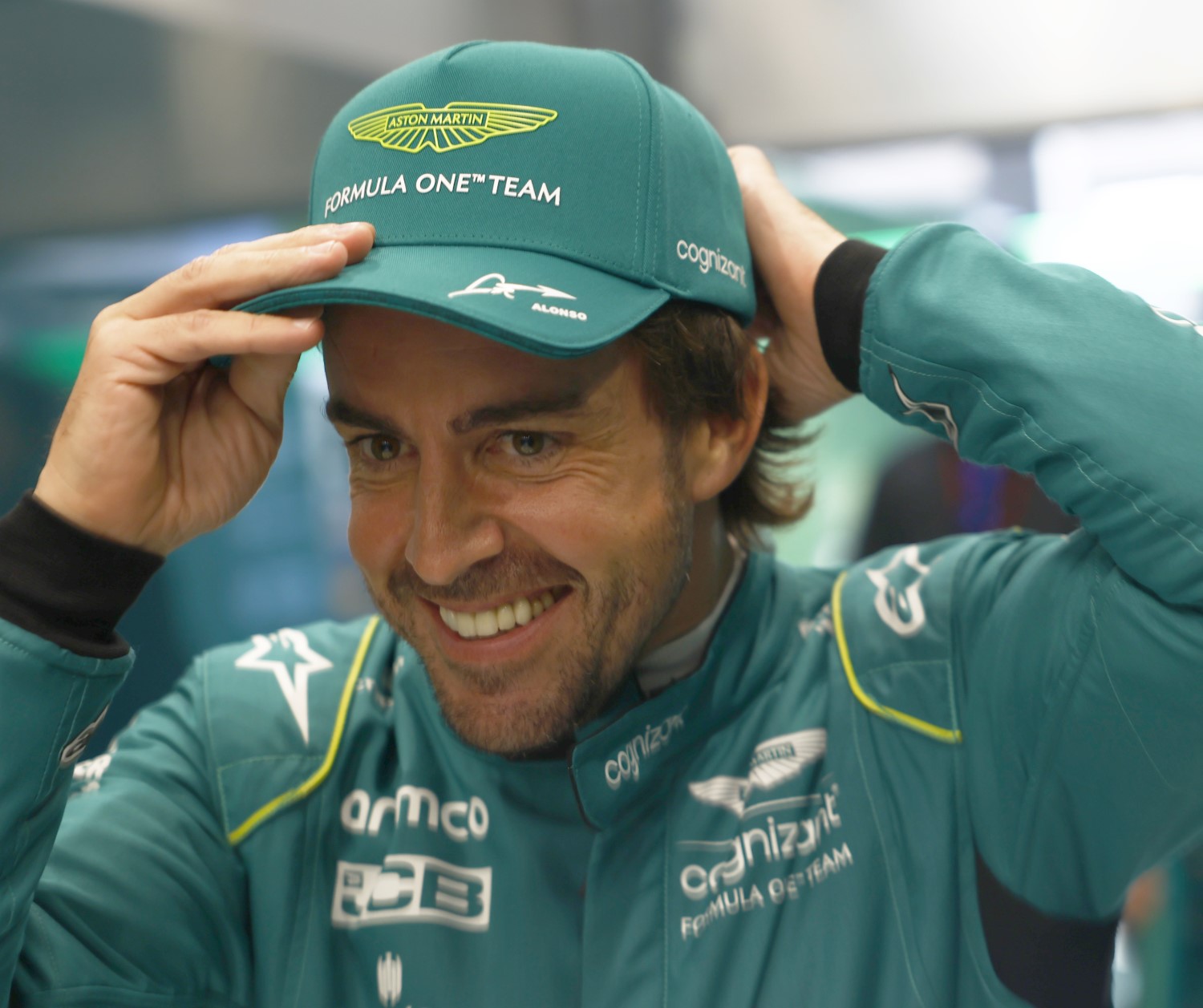F1 News: Alonso penalized for psyching-out Russell into a crash (Update)
(GMM) Fernando Alonso went “too far” in “using his elbows” in the dying moments of the Australian GP.
That is the view not only of expert pundits, but also the FIA – whose stewards put three penalty points on his F1 superlicense and a 20-second penalty for the scary incident that effectively ended the Melbourne race.
Mercedes’ George Russell pleaded in terror on the radio for red flags after bouncing back onto the racing line after a heavy crash – arguably caused by Alonso having ‘brake-tested’ him.

Alonso’s long-time friend, and now Aston Martin ambassador, Pedro de la Rosa, criticized the stewards’ decision. “They cannot tell the drivers how to drive,” he insisted.
“No one here deliberately stood on the brakes. Fernando just defended his position, which is what a racing driver does. Russell should have anticipated that Fernando would do everything he could to get the perfect exit in turn 6 because he was most vulnerable on the long back straight.”

The stewards, however, found that Alonso’s act of “lifting, braking” and “downshifting” more than 100 meters earlier than usual was dangerous enough for the penalty.
Former Red Bull driver Robert Doornbos told Ziggo Sport that the stewards also wouldn’t have appreciated Alonso’s “Oscar-worthy performance” of blaming technical issues for the approach to turn 6 that Russell called “bizarre”.
“If you give an Oscar-worthy performance, shouting about the battery and the pedal, and he didn’t have those problems, the FIA saw that and said ‘You’re talking nonsense’,” he said.
“The FIA asked for the data, and they saw that the closing rate was enormous. It’s also not the first time Alonso has brake tested a competitor.
“A bit of push and pull is part of it, but that went too far,” Doornbos added.
Another former driver, Timo Glock, told Sky Deutschland: “Fernando is always using his elbows. I think he knew exactly what he was doing.
“His idea was to catch Russell off guard, slow him down and then be on the gas early to open a gap. But it was so extreme that Russell didn’t expect it at all.
“Alonso extends his elbows and uses these gray areas to gain an advantage,” Glock added.
For his part, 42-year-old Alonso defended his actions on social media. He insisted that with his “more than 20 years of experience, with epic duels like Imola 2005-2006, Brazil 2023, changing racing lines, sacrificing entry speed to have good exits” is simply “part of the art of motorsport”.
Also awkward for Alonso is that he is believed to be a front-runner to replace Lewis Hamilton at Mercedes next year.
“I don’t want to accuse Alonso of anything because I only watched a few laps back so far,” team boss Toto Wolff said in Melbourne.
“But he braked on the lap of Russell’s crash at a point where he had not braked before.”
March 24, 2024
Fernando Alonso has been penalized for psyching-out Mercedes driver George Russell, causing him to overreact and crash on the last lap of the Australian GP.
Russell lost the rear of his Mercedes through Turn 6 , ran wide and skated over the gravel, hit the Turn 7 wall before bouncing back into the middle of the circuit.
This left the 58-lap contest to end under virtual safety car conditions.
After a lengthy hearing with the FIA stewards, it has been determined that Alonso did alter his driving style in an “extraordinary” way to fulfil Article 33.4 of the sporting regulations. This reads: “At no time may a car be driven unnecessarily slowly, erratically or in a manner which could be deemed potentially dangerous to other drivers or any other person.”
Accordingly, Alonso was awarded a drive-through penalty, but this has been converted to a 20-second reprimand – dropping him from sixth to eighth, behind team-mate Lance Stroll and RB’s Yuki Tsunoda.
“Telemetry shows that Alonso lifted slightly more than 100m earlier than he ever had going into that corner during the race. He also braked very slightly at a point that he did not usually brake (although the amount of brake was so slight that it was not the main reason for his car slowing) and he downshifted at a point he never usually downshifted. He then upshifted again and accelerated to the corner before lifting again to make the corner.
“Alonso explained that while his plan was to slow earlier, he got it slightly wrong and had to take extra steps to get back up to speed. Nonetheless, this maneuver created a considerable and unusual closing speed between the cars.”
“Specifically, in this case, the stewards have not considered the consequences of the crash. Further, the stewards considered that they do not have sufficient information to determine whether Alonso’s maneuver was intended to cause Russell problems, or whether, as he stated to the stewards that he simply was trying to get a better exit.
“Should Alonso have the right to try a different approach to the corner? – yes. Should Alonso be responsible for dirty air, that ultimately caused the incident? – no.
“However, did he choose to do something, with whatever intent, that was extraordinary – IE lifting, braking, downshifting and all the other elements of the maneuver – over 100m earlier than previously, and much greater than was needed to simply slow earlier for the corner? – yes.
“By his own account of the incident he did, and in the opinion of the stewards by doing these things, he drove in a manner that was at very least “potentially dangerous” given the very high-speed nature of that point of the track.”
